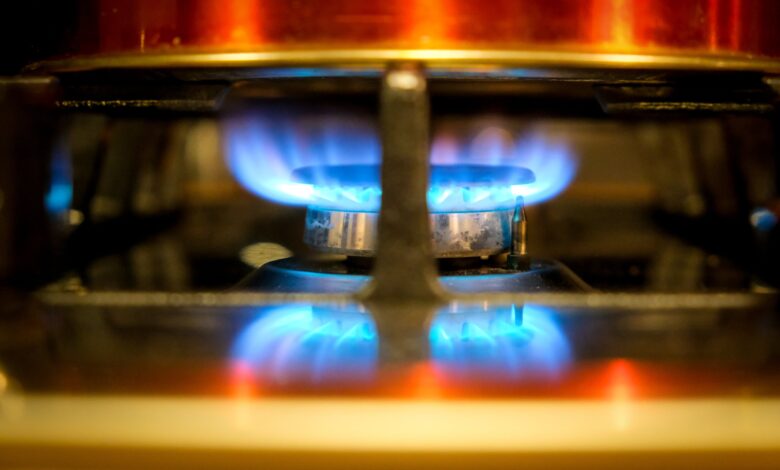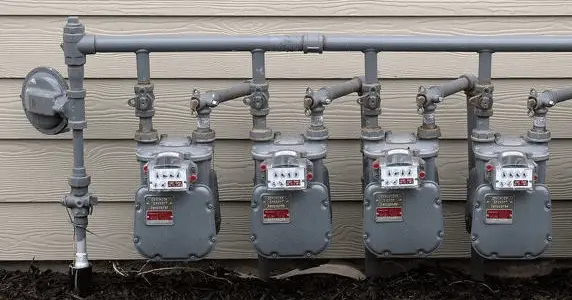
Household
What Uses Gas in a House?
Natural gas is a versatile and cost-effective fuel source for various appliances and equipment in your home. Here are some common uses of natural gas in a home:
- Cooking: Gas stoves allow better temperature control than electric stoves. Moreover, natural gas stovetops consume less energy than electric models. This comes about because the appliance heats faster. Newer gas stove models have done away with the pilot light and instead use an electric ignition. This results in a 40% reduction in the unit’s gas usage.
- Heating water: A natural gas water heater is more economical than one that relies on electricity. That’s because natural gas prices are lower than that of electricity. Using the power source for devices that consume a lot of energy can help you save money. Compare your gas bill and electricity bill to see the difference.
- Cooling your home: Although most AC models run on electric power, a natural gas AC is no longer considered an oddity. However, gas-powered air conditioners cost more upfront. The price factor prevents more homeowners from switching to natural gas for their cooling needs. Still, the lower operating expenses and cheaper gas prices can help you recoup the money you spent on your AC in no time.
- Fireplace: A natural gas fireplace may be an excellent fit for you if you want the ambiance of a warm and cozy fire without dealing with the hassles of cleaning the ashes and watching out for sparks. These fireplaces come with a controllable burner for better flame management. You can also quickly turn the flame on and off, a convenience you won’t get with a wood-burning model.
- Clothes dryer: If you have a gas supply in your home, you can maximize the savings on your utility bills by purchasing a natural gas dryer. Using a gas-powered model to dry your clothes can save you up to 50% on your power expenses.
- Pool heater: Natural gas pool heaters are a popular choice for homeowners who want to extend their swimming season. They are more efficient than electric heaters and can heat the pool quickly.
How do I connect my home to a natural gas supply?
To connect your home to a natural gas supply, you need to follow these steps:
- Check if natural gas is available in your area: You can check if natural gas is available in your area by visiting the website of your natural gas distributor and using their “Can I get gas?” tool. This tool will tell you if your house has a natural gas connection. If you don’t know who your distributor is, you can find out by visiting this website.
- Contact your local gas network operator: Once you have confirmed that natural gas is available in your area, you need to contact your local gas network operator to get your home connected to the mains. These companies are responsible for the gas piping and electrical wiring – they don’t supply energy. You can find your local gas network operator’s contact information on this website.
- Get a quote: The distributor or network operator will give you a quote for the cost of the work to connect your home. The cost will depend on how much work they have to do and how long it takes. For example, it might take longer if the company needs access to neighboring properties or to close a road to make the connection. Some parts of the work may be able to be done by someone else, such as a registered electrician or gas engineer. This is called ‘contestable work’. If you think you can get the work done more cheaply, you can ask the distributor or network operator to break down the quote into contestable and non-contestable work, get quotes from contractors for the contestable parts of the work, and compare the quotes to the price provided by your supplier to see if you can get the work done at a better price. Always check with the distributor or network operator whether any of the work carried out by an independent contractor needs to be agreed or inspected by them.



